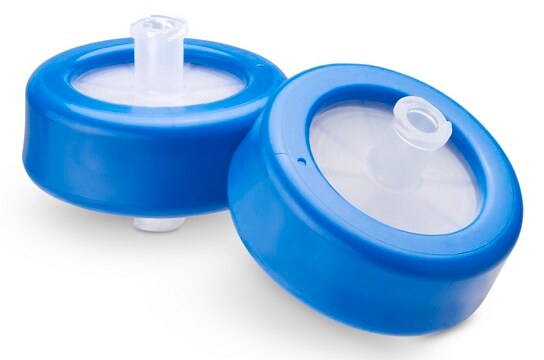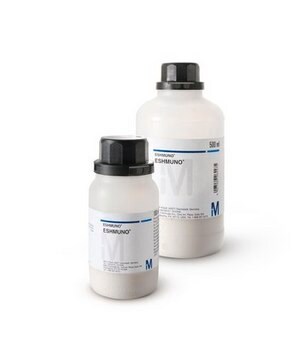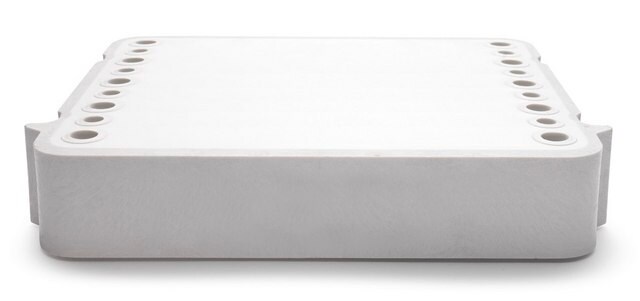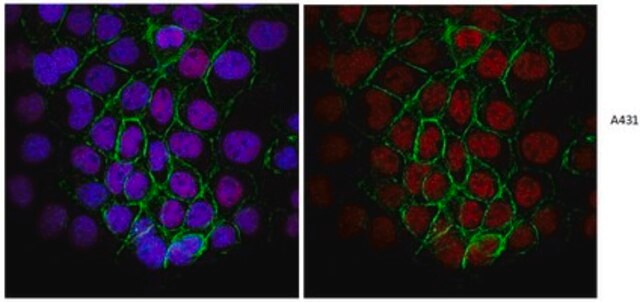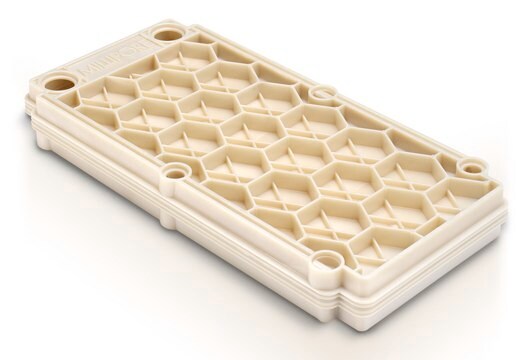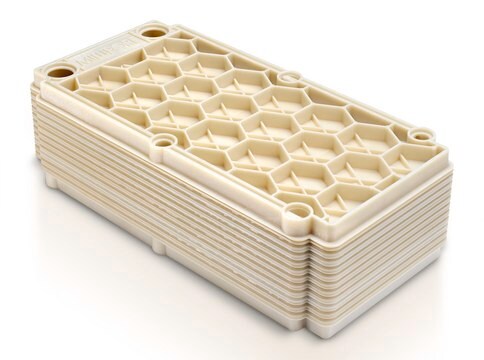PSDVAG021
Módulo Prostak™ MF
pore size 0.65 μm
Sinónimos:
Prostak™ MF Module 0.65 m 2 stack 0.17μm 2
About This Item
Productos recomendados
Materiales
PVDF
silicone gasket
Nivel de calidad
Características
hydrophilic
fabricante / nombre comercial
Prostak™
Parámetros
2.1 bar max. transmembrane pressure (30 psi) at 50-80 °C
4.1 bar max. inlet pressure (60 psi) at 50-80 °C
4.1 bar max. transmembrane pressure (60 psi) at 50 °C
5.5 bar max. inlet pressure (80 psi) at 50 °C
dilution
(concentration and clarification)
Altura
4.6 cm (1.8 in.)
Longitud
38.9 cm (15.3 in.)
Anchura
19.8 cm (7.8 in.)
device size
, 2 stack
filtración área
0.17 m2
membrane nominal area
0.17 m2
peso
1.6 kg (3.5 lb)
matriz
Durapore®
tamaño de poro
0.65 μm nominal pore size
0.65 μm pore size
pH
1-11(short duration)
2-10(continuous)
Descripción general
This Prostak™ microfiltration open-channel module features a Pore Size of 0.65 μm and a filtration area of 0.17 m2. PSDVAG021 is available in a 2 stack, making it applicable for bench-top, pilot, and production scale systems.
The modules can be integrity tested and steam sterilized for 20 cycles.
Prostak™ MF modules must be used with a support holder, which controls deflection and provides sanitary fittings for connection to external piping. Sanitary gaskets supplied with the module provide a leak-free connection between the module(s) and the holder.
Aplicación
Prostak™ microfiltration is used for separations where viscosity and suspended solids levels of the feed stream require an open feed channel. They are typically used in perfusion applications or in the clarification/harvest of:
- Mammalian, bacterial and mycelial cell suspensions
- Emulsions and colloidal suspension
- Viruses, proteins and other bio-organic macromolecular solutions
- Polysaccharides and other high viscosity solutions
- Yeast, algae, and other high solids suspensions
- Protein precipitate
- Vaccines
Características y beneficios
Otras notas
Información legal
Certificados de análisis (COA)
Busque Certificados de análisis (COA) introduciendo el número de lote del producto. Los números de lote se encuentran en la etiqueta del producto después de las palabras «Lot» o «Batch»
¿Ya tiene este producto?
Encuentre la documentación para los productos que ha comprado recientemente en la Biblioteca de documentos.
Nuestro equipo de científicos tiene experiencia en todas las áreas de investigación: Ciencias de la vida, Ciencia de los materiales, Síntesis química, Cromatografía, Analítica y muchas otras.
Póngase en contacto con el Servicio técnico